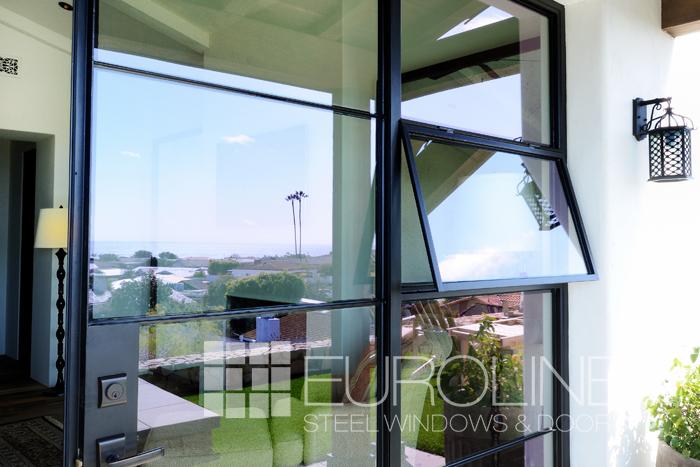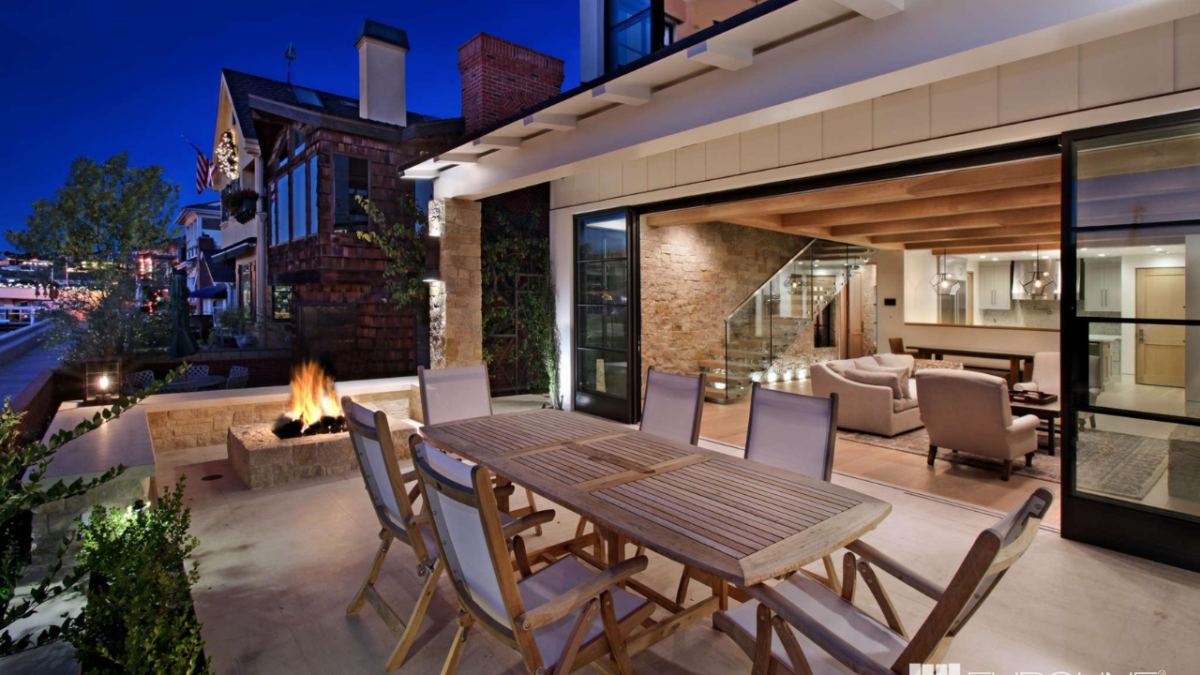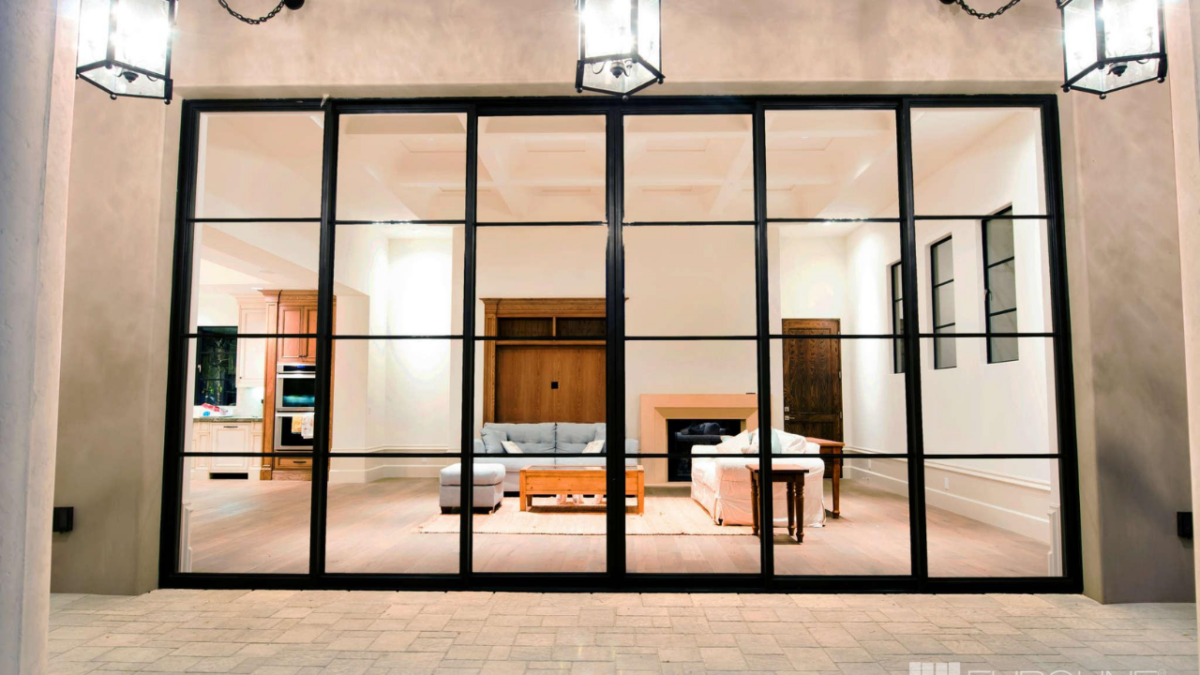Key Takeaways:
- Window hoppers improve ventilation. They let fresh air in while keeping rain and debris out, perfect for small spaces like bathrooms or kitchens.
- They boost energy efficiency. Window hoppers help cool your home naturally and provide extra insulation, saving on energy bills.
- They offer weather protection. Their sloped design keeps rain and debris out, making them ideal for harsh weather.
- They enhance security. Small and high-placed, window hoppers are hard for intruders to access and often come with secure locks.
- They add aesthetic appeal. Window hoppers bring timeless charm and can be customized to match steel windows and doors, curtain wall windows, or steel casement windows.
- Euroline Steel Windows and Doors can help you find the perfect window hoppers for your property.
When it comes to improving your property, small changes can make a big difference. One of those small-but-mighty changes? Adding window hoppers. These little features might not seem like much at first glance, but they pack a punch when it comes to functionality and style.
If you’re not sure what a window hopper is, don’t worry—we’ll break it all down for you. Whether you have steel windows and doors, curtain wall windows, or steel casement windows, window hoppers can be a fantastic addition to your property. Here are the top 5 reasons why.
What Is a Window Hopper?
Before we dive into the reasons, let’s quickly explain what a window hopper is. A window hopper is a small, hinged window that’s typically installed at the top of a larger window or door. It opens outward, allowing fresh air to flow in while keeping rain and debris out.
Think of it as a mini window that does a big job.
Reason 1: Better Ventilation
One of the biggest benefits of window hoppers is improved ventilation.
- Fresh Air Flow: Window hoppers let fresh air into your home without needing to open the entire window or door.
- Control: You can adjust how much the hopper opens, giving you control over the airflow.
- Perfect for Small Spaces: They’re ideal for rooms where you don’t want to open a large window, like bathrooms or kitchens.
If you’re looking for a simple way to improve air circulation, window hoppers are a great solution.
Reason 2: Energy Efficiency
Window hoppers can also help make your home more energy-efficient.
- Natural Cooling: By letting in fresh air, window hoppers can reduce your reliance on air conditioning during cooler months.
- Insulation: When closed, they provide an extra layer of insulation, helping to keep your home warm in the winter and cool in the summer.
- Compatibility: They work well with steel windows and doors, curtain wall windows, and steel casement windows, enhancing their energy-saving features.
In other words, window hoppers can help you save on energy bills while keeping your home comfortable.
Reason 3: Weather Protection
Window hoppers are designed to let air in while keeping the elements out.
- Rain Protection: Because they open outward and have a sloped design, rain rolls off instead of coming inside.
- Debris Barrier: They keep leaves, dirt, and other debris from entering your home.
- Durability: When paired with steel windows and doors, window hoppers are built to withstand harsh weather conditions.
No more worrying about rain or wind ruining your day—window hoppers have you covered.
Reason 4: Enhanced Security
Security is a top priority for any homeowner, and window hoppers can help.
- Limited Access: Because of their small size and high placement, window hoppers are harder for intruders to access.
- Locking Mechanisms: Many window hoppers come with secure locks, adding an extra layer of protection.
- Peace of Mind: You can enjoy fresh air without compromising your home’s security.
With window hoppers, you get the best of both worlds: ventilation and safety.
Reason 5: Aesthetic Appeal
Last but not least, window hoppers can enhance the look of your property.
- Classic Design: Window hoppers add a timeless, architectural charm to your home.
- Customizable: They come in a variety of styles and finishes, so you can match them to your steel windows and doors, curtain wall windows, or steel casement windows.
- Versatile: Whether your home is modern, traditional, or industrial, window hoppers can complement its design.
They’re not just functional—they’re stylish too.
How to Choose the Right Window Hopper
If you’re sold on the idea of window hoppers, here are a few tips to help you choose the right ones for your property:
- Material: Look for durable materials like steel, especially if you want them to match your steel windows and doors.
- Size: Make sure the hopper is proportionate to your window or door.
- Style: Choose a design that complements your home’s architecture.
- Installation: Work with a professional to ensure the hoppers are installed correctly and securely.
Why Choose Euroline Steel Windows and Doors?
At Euroline Steel Windows and Doors, we specialize in creating high-quality window hoppers that are as functional as they are beautiful. Whether you have steel windows and doors, curtain wall windows, or steel casement windows, we can help you find the perfect hoppers for your property.
- Expert Design: Our team works with you to create hoppers that match your style and needs.
- Quality Craftsmanship: We use durable materials and precise techniques to ensure your hoppers last for years.
- Custom Solutions: Every property is unique, and we offer custom designs to fit your space perfectly.
Ready to add window hoppers to your property? Visit our website to learn more. Let’s make your home more comfortable, secure, and stylish together!
Window hoppers might be small, but they offer big benefits. From better ventilation and energy efficiency to enhanced security and aesthetic appeal, they’re a smart addition to any property. Whether you have steel windows and doors, curtain wall windows, or steel casement windows, window hoppers can elevate your home’s functionality and style.
So, why wait? Start exploring your options today and take the first step toward a more comfortable and beautiful home.










